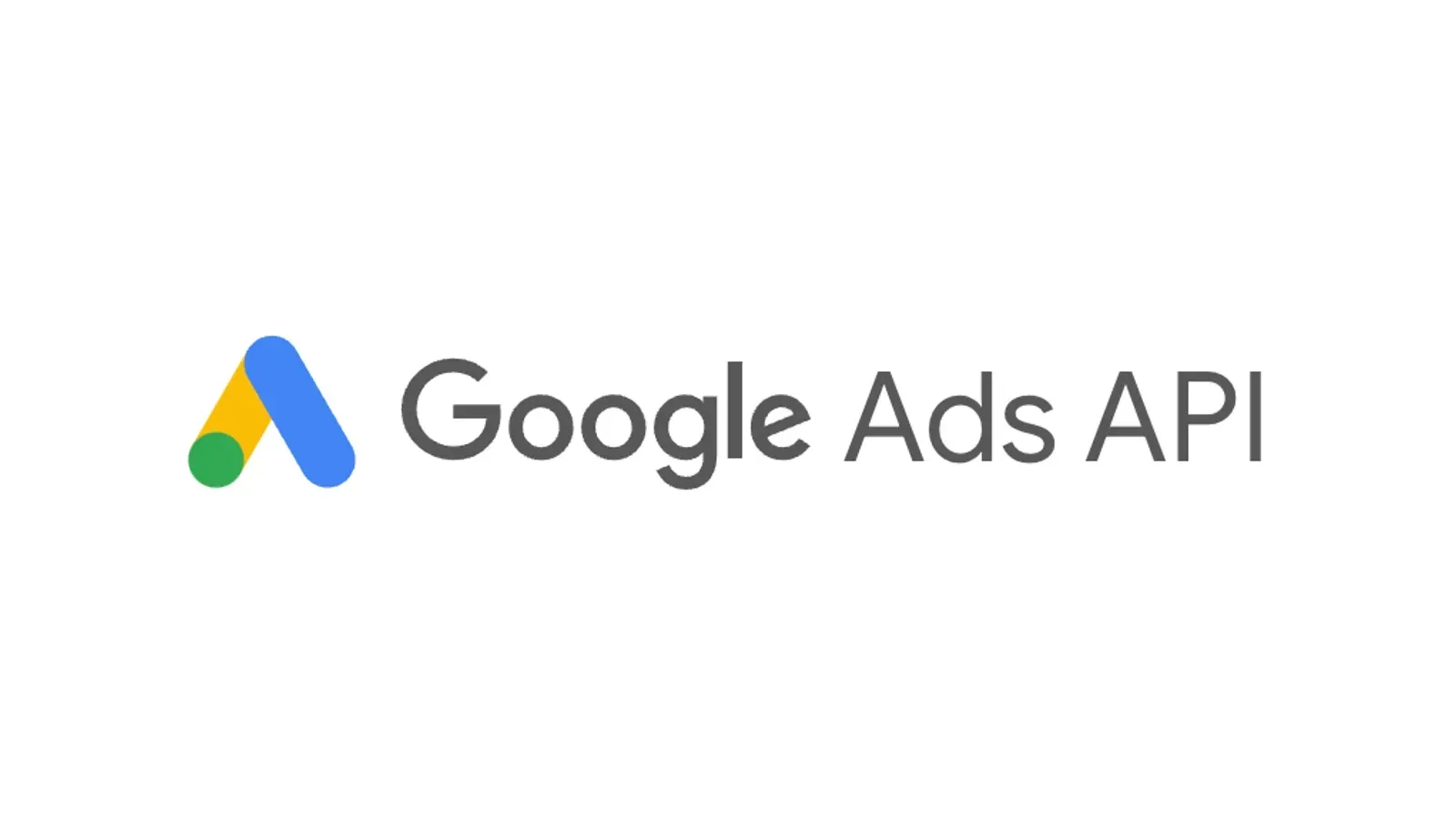Google Ads API to standardize Page Size across all Versions from August
Google announces removal of custom page_size setting in GoogleAdsService.Search requests, standardizing to 10,000 rows per page.

Google this week announced changes to the page size functionality in its Google Ads API, set to take effect on August 19, 2024. This update, which will be implemented across all versions of the API, marks a substantial shift in how developers interact with the platform's data retrieval system. The announcement, made just one month before the implementation date, has prompted discussions about API standardization and its impact on advertising technology ecosystems.
According to the official Google Ads Developer Blog, the upcoming change will remove the ability for developers to set custom page sizes when making GoogleAdsService.Search requests. Instead, all requests will automatically assume a fixed page size of 10,000 rows. This standardization aims to create consistency across different versions of the API and streamline data retrieval processes for advertisers and developers alike.
The decision to implement this change across all API versions represents a departure from Google's previous approach. Initially, the fixed page size was introduced as a versioned change in version v17 of the API. However, the current announcement extends this functionality to older versions, ensuring uniformity across the entire API ecosystem. This move towards consistency reflects Google's ongoing efforts to simplify and optimize its advertising platforms.
For developers currently using version v16 of the API, attempts to set the page_size field will result in a PAGE_SIZE_NOT_SUPPORTED error. Those working with versions v15 and older will encounter an INVALID_PAGE_SIZE error if they attempt to specify a custom page size. These error messages serve as clear indicators that the system no longer supports variable page sizes, enforcing the new standard across all API interactions.
The implications of this change extend beyond mere technical adjustments. Advertisers and agencies relying on custom-built tools or third-party applications that interact with the Google Ads API may need to reassess their data retrieval strategies. The fixed page size of 10,000 rows could potentially impact performance for queries that previously utilized smaller page sizes for more frequent, less resource-intensive data fetches.
Conversely, operations that previously requested larger page sizes may benefit from improved stability and predictability in their API interactions. The standardization to 10,000 rows strikes a balance between providing substantial data chunks and maintaining reasonable response times and resource utilization.
To put this change into context, it's essential to understand the role of page size in API requests. In data retrieval operations, page size determines the number of results returned in a single API call. Smaller page sizes can lead to more granular control over data processing but may require more API calls to retrieve large datasets. Larger page sizes, while more efficient for bulk data retrieval, can sometimes lead to longer response times or increased resource consumption on both client and server sides.
The decision to standardize on 10,000 rows per page likely stems from Google's analysis of API usage patterns and performance metrics. This size presumably offers an optimal balance between data volume and request efficiency for most use cases. However, the impact may vary depending on the specific needs and infrastructures of different advertisers and agencies.
From a technical standpoint, this change necessitates updates to existing code bases that interact with the Google Ads API. Developers will need to remove any logic related to setting custom page sizes in their GoogleAdsService.Search requests. While this might require some immediate development effort, it could lead to simplified and more consistent code in the long run, as page size handling becomes uniform across all API versions.
The standardization of page size also has implications for rate limiting and quota management. With a fixed page size, developers can more accurately predict the number of API calls required for specific operations, potentially leading to more efficient use of API quotas. This predictability could be particularly beneficial for large-scale advertising operations that rely heavily on automated data retrieval and analysis.
The timeline for implementation adds another layer of complexity to the situation. With the changes set to roll out starting the week of August 19, 2024, developers have approximately one month from the announcement date to make necessary adjustments. This relatively short window underscores the importance of staying informed about API changes and maintaining flexible, adaptable systems in the fast-paced world of digital advertising.
PPC Land is an international news publication headquartered in Frankfurt, Germany. PPC Land delivers daily articles brimming with the latest news for marketing professionals of all experience levels.
Subscribe to our newsletter for just $10/year and get marketing news delivered straight to your inbox. By subscribing, you are supporting PPC Land.
You can also follow PPC Land on LinkedIn, Bluesky, Reddit, Mastodon, X, Facebook, Threads, and Google News.
Know more about us or contact us via [email protected]
Our latest marketing news:
- Google updates policies on Ads in Private Messaging and Personalized Advertising
- Apple soars for User Privacy with Whimsical Trackers Beware Ad
- Apple locks horns with Google over Privacy in Web Tracking
- Safari unveils Private Browsing 2.0: Enhanced security for user privacy
- Google Ads API to standardize Page Size across all Versions from August
- Nielsen report reveals shifting TV landscape in Mexico for June 2024
- Streaming Dominates TV Landscape: Nielsen Reports Record 40.3% Share in June
- Eventbrite and TikTok partner to revolutionize Event Discovery and Promotion
- YouTube announces Text-to-Speech feature for Shorts, delays Custom Thumbnails
- Understanding Google Analytics 4 BigQuery event ordering changes for Web Properties